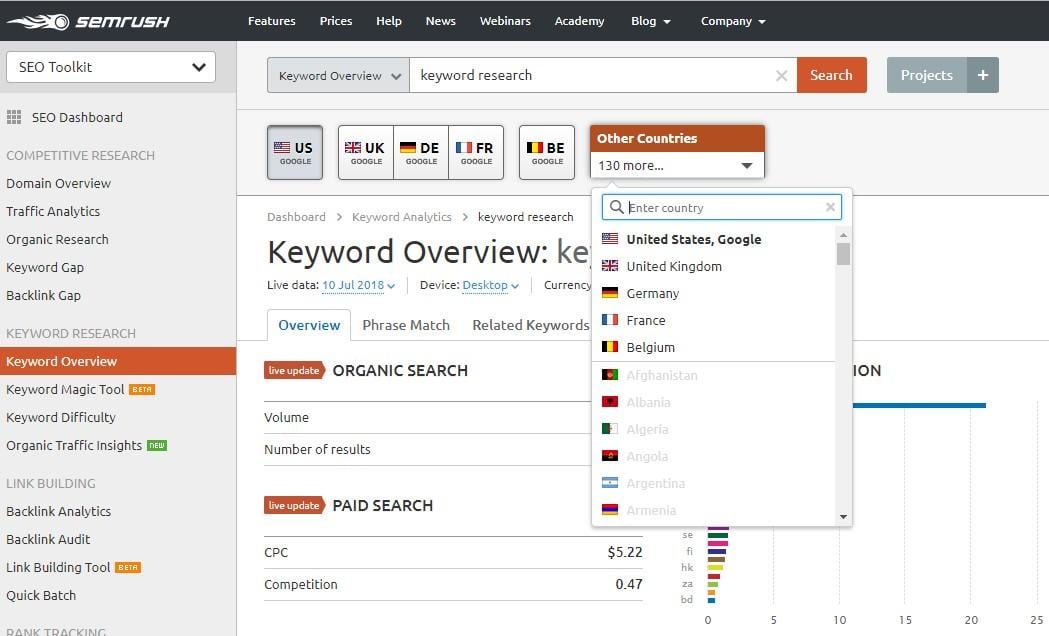Increase Your International Reach: International SEO Strategies Demystified
Increase Your International Reach: International SEO Strategies Demystified
Blog Article
Navigating the Digital Landscape: Leveraging International Search Engine Optimization for Cross-Border Success
In today's interconnected electronic world, businesses are progressively looking past borders to use international markets. Leveraging seo (SEARCH ENGINE OPTIMIZATION) techniques customized for global audiences is critical for achieving cross-border success. The complexity of browsing the electronic landscape on a global scale demands a nuanced method, from recognizing the fundamentals of International SEO to implementing geotargeting and multilingual keyword phrase methods. As firms strive to expand their reach and visibility across different regions, optimizing website frameworks and checking cross-border efficiency come to be essential elements of a successful worldwide SEO technique.
Comprehending International Search Engine Optimization Fundamentals
Browsing the ins and outs of international Search engine optimization requires a strong understanding of basic principles to efficiently expand on the internet presence across boundaries. One important aspect of global SEO is recognizing the importance of localization.
Furthermore, having a clear understanding of geo-targeting is vital. This entails indicating to browse engines the particular countries or areas a website is targeting. Carrying out hreflang tags is one means to communicate this info, ensuring that the right variation of a website appears in the search results for a user in a particular place.
Moreover, understanding the influence of regional internet search engine and social media platforms is important for global search engine optimization success. As an example, while Google is leading in numerous regions, nations like China have their very own internet search engine like Baidu, needing tailored techniques for every platform to make best use of online visibility.

Targeting Multilingual Key Words Approaches
Creating multilingual key words approaches is necessary for efficiently getting to diverse global audiences and taking full advantage of online exposure throughout different linguistic areas. When targeting multilingual key words methods, it is essential to carry out extensive study to understand the particular search terms and phrases made use of by the target audience in each linguistic region. This includes not just translating keyword phrases yet additionally considering social nuances, regional languages, and search patterns special to each target market.
To create a successful multilingual key phrase approach, it is essential to focus on significance and search intent. Keywords should align with the material on the web site and reverberate with the social context of the target audience. Using tools such as Google Key Words Coordinator, SEMrush, or Ahrefs can help determine high-performing keyword phrases in various languages and assess their search volume and competitors level.
Additionally, surveillance and assessing the efficiency of multilingual search phrases on a regular basis is important for optimizing and refining the method with time. By constantly adapting to changes in search actions and fads, organizations can enhance their on the internet exposure and draw in more international website traffic to their sites.
Executing Geotargeting and Hreflang Tags
When aiming to enhance global SEO techniques, incorporating geotargeting and hreflang tags is critical for maximizing web site exposure across various regions. Geotargeting includes tailoring content to details places, making sure that customers in different locations receive relevant details. By carrying out geotargeting, businesses can boost their local search positions and draw in region-specific traffic.

Optimizing Web Site Framework for Worldwide Visibility
To even more boost worldwide Search engine optimization approaches beyond geotargeting and hreflang tags, maximizing the site structure is necessary for achieving international visibility and making best use of reach across different regions. A well-structured internet site not just improves customer visit homepage experience but likewise promotes search engine spiders in comprehending the content and context of the website.
In addition, developing language-specific subdirectories or subdomains can help online search engine provide the appropriate variation of the site to individuals based upon their language choices, better enhancing the general individual experience. In addition, optimizing link structures to include relevant search phrases and geotargeted terms can enhance the website's presence in various areas. By structuring the internet site efficiently for worldwide target markets, services can raise their possibilities of bring in worldwide web traffic and broadening their reach throughout borders.

Surveillance and Analyzing Cross-Border Performance
Reliable tracking and studying of cross-border performance is crucial for examining the success of international search engine optimization approaches and recognizing opportunities for enhancement in worldwide reach and presence. By very closely tracking key efficiency indicators (KPIs) across various markets, services can get valuable insights into the effectiveness of their cross-border SEO efforts. Checking metrics such as organic traffic, keyword rankings, conversion rates, and helpful resources bounce prices can supply an extensive view of exactly how well a site is doing in numerous areas.
Analyzing cross-border performance information enables businesses to identify patterns, patterns, and areas for optimization. By contrasting performance across various nations, regions, or languages, business can identify successful approaches and localize web content to better accommodate certain target audiences. In addition, keeping track of cross-border efficiency allows companies to stay dexterous and receptive in the ever-evolving electronic landscape. Routine analysis of search engine optimization performance on an international range ensures that business can adapt their methods rapidly to take advantage of on arising opportunities and maintain a competitive edge in international markets.
Final Thought
To conclude, global SEO plays an essential duty in accomplishing cross-border success by maximizing sites for worldwide visibility, targeting multilingual search Get More Information phrase techniques, executing geotargeting and hreflang tags, and checking cross-border efficiency. By understanding the fundamentals of global SEO and optimizing web site structures accordingly, organizations can effectively get to and engage with their target audiences across different areas and languages. This calculated approach is essential for broadening market reach and driving online growth in today's digital landscape.
Report this page